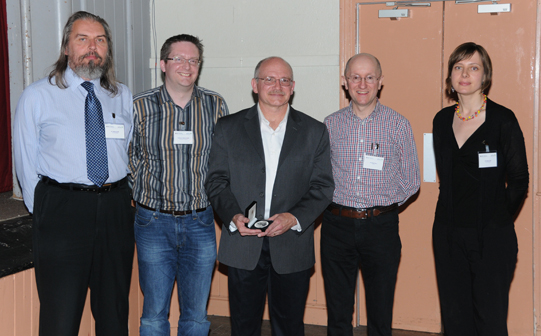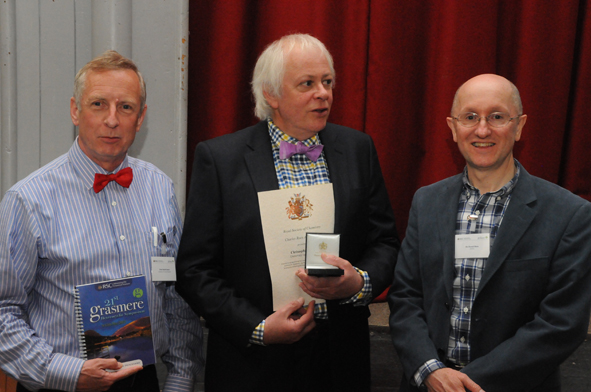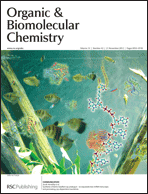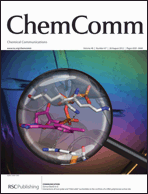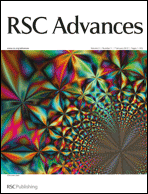Next month I will be attending the 19th European Symposium on Organic Chemistry (ESOC 2015) held in Lisbon, Portugal, 12 – 16 July, and if you too are in attendance, I’d love to meet you there!
Please let us know if you will also be in attendance and would like to arrange a meeting – simply email us at the OBC editorial office.
OBC, ChemComm, Chemical Science and MedChemComm are delighted to be media partners of the conference, and there’s lots to look forward to again on this 19th edition of the symposium:
- Prof. Peter Chen (ETH Zurich, Switzerland) will be presenting the Patai Rappoport Lecture 2015,
- Prof. Christina Moberg (KTH School of Chemical Science and Engineering, Sweden) is the recipient of the 2014 EuCheMs Lecture Award, and
- Prof. Nuno Maulide (University of Vienna, Austria) will present the Young Researcher Award Lecture
Plenary lectures at the symposium will be given by :
- Prof. Carlos A. M. Afonso (University of Lisbon, Portugal)
- Prof. Ernest Giralt (Institute for Research in Biomedicine, Spain)
- Prof. Guy Lloyd-Jones (University of Edinburgh, UK)
- Prof. Ilan Marek (Technion – Israel Institute of Technology, Israel)
- Prof. Peter H. Seeberger (Max Planck Institute of Colloids and Interfaces, Germany)
- Prof. Timothy M. Swager (MIT, USA)
- Prof. F. Dean Toste (UC Berkeley, USA)
- Prof. Dirk Trauner (University of Munich, Germany)
- Prof. Helma Wennemers (ETH Zurich, Switzerland)

















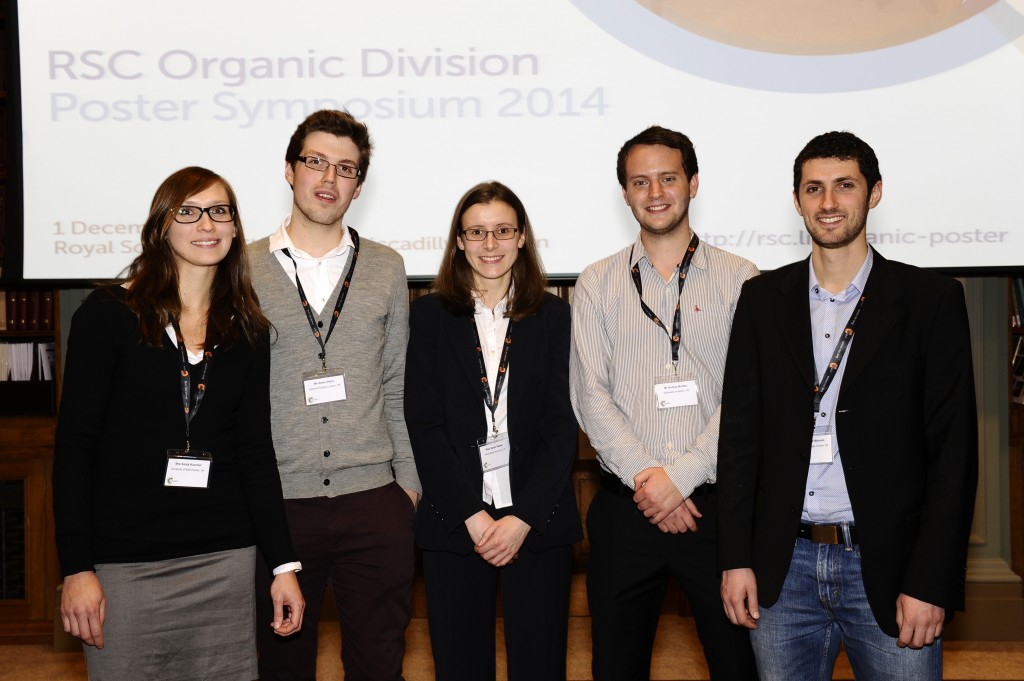
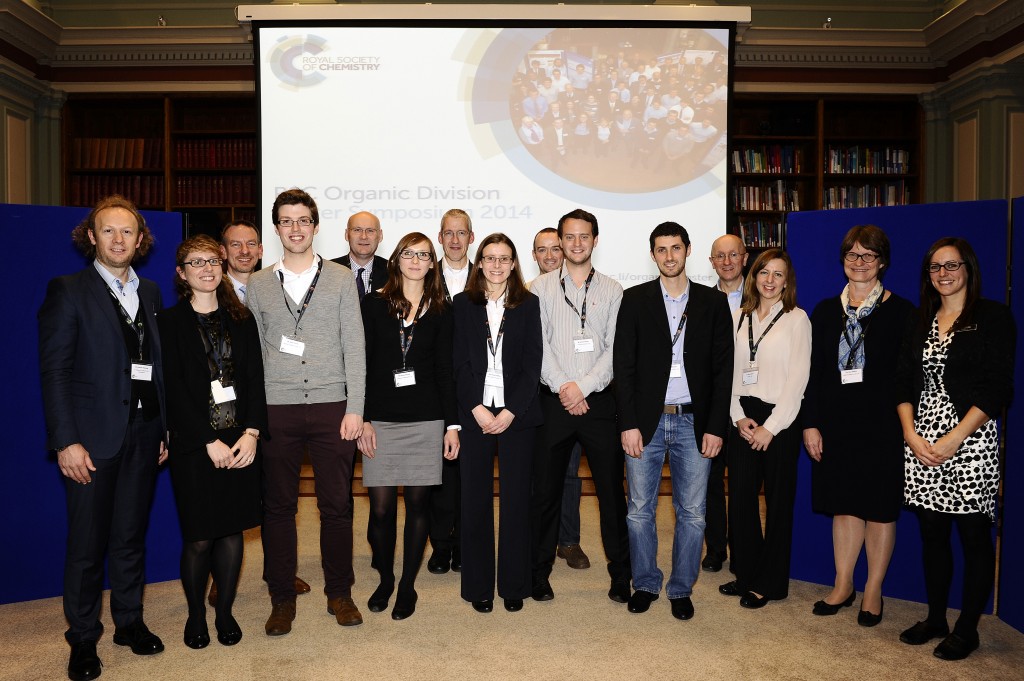
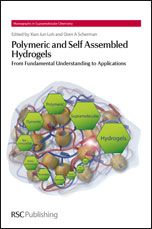
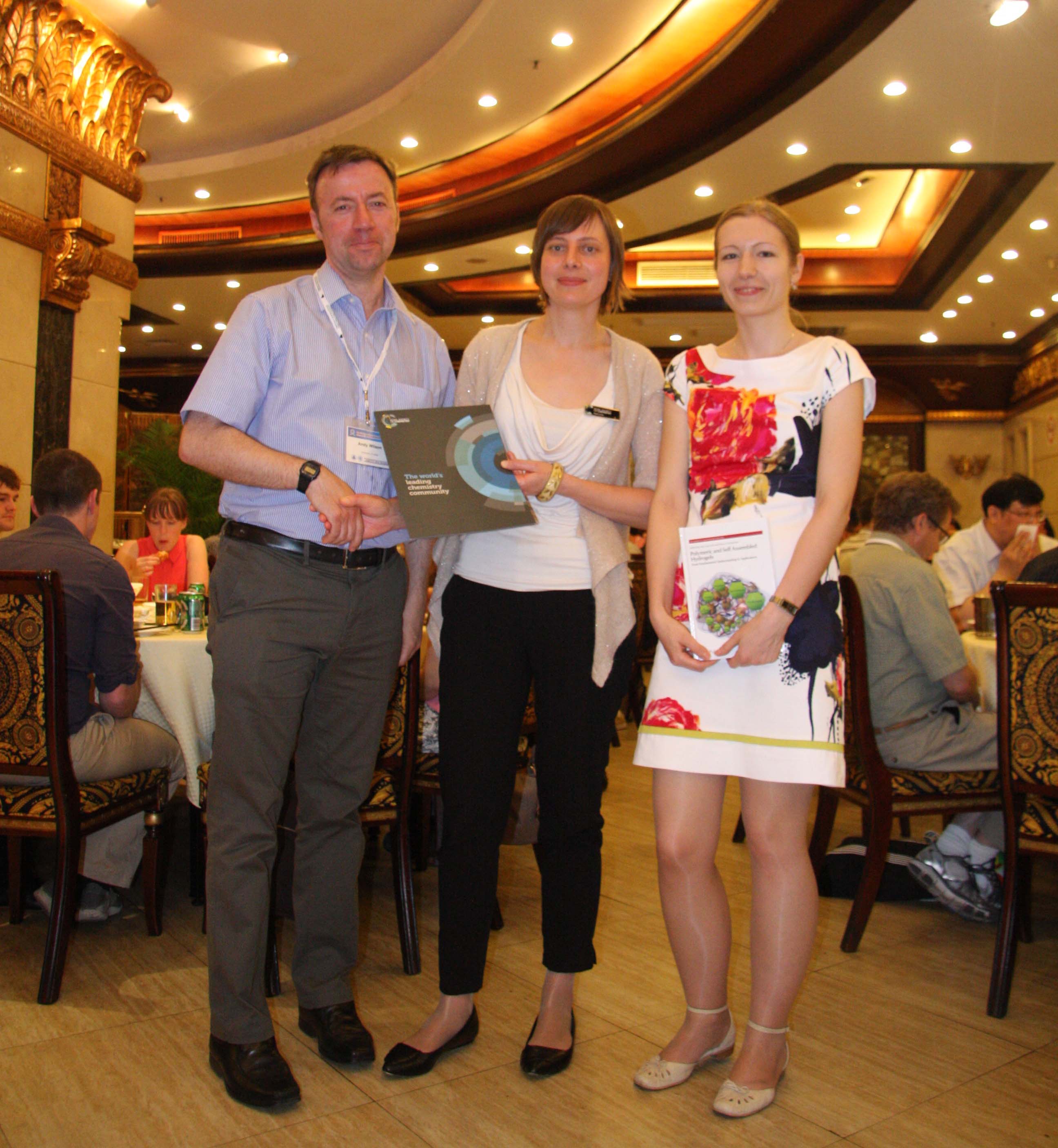
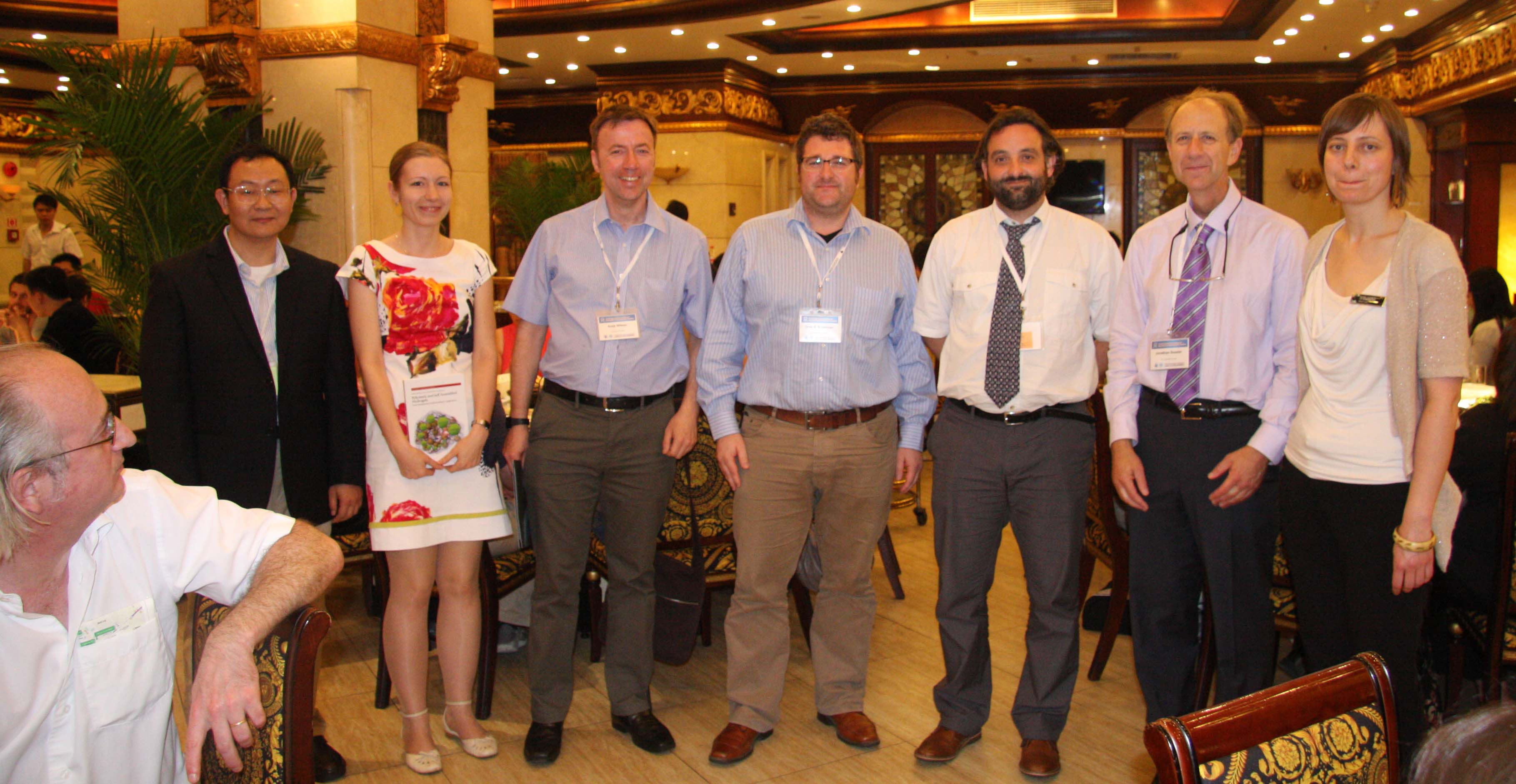
![GA[7]](https://blogs.rsc.org/ob/files/2013/08/GA7.gif)
![GA[2]](https://blogs.rsc.org/ob/files/2013/08/GA2.gif)
![GA[2]](https://blogs.rsc.org/ob/files/2013/08/GA21.gif)
![GA[2]](https://blogs.rsc.org/ob/files/2013/08/GA22.gif)
![GA[8]](https://blogs.rsc.org/ob/files/2013/08/GA8.gif)

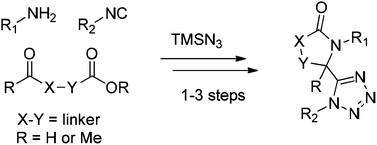

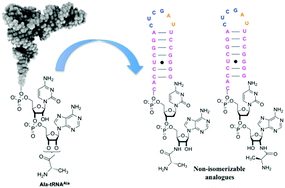

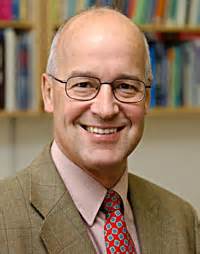
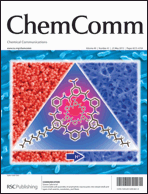
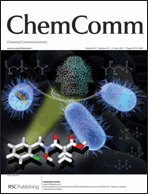
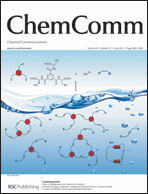
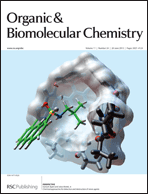
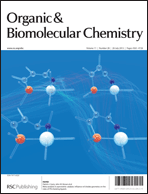
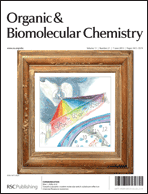

![cholera-toxin-inhibitor_c3ob40515j_300[1]](https://blogs.rsc.org/ob/files/2013/05/cholera-toxin-inhibitor_c3ob40515j_3001.jpg)

